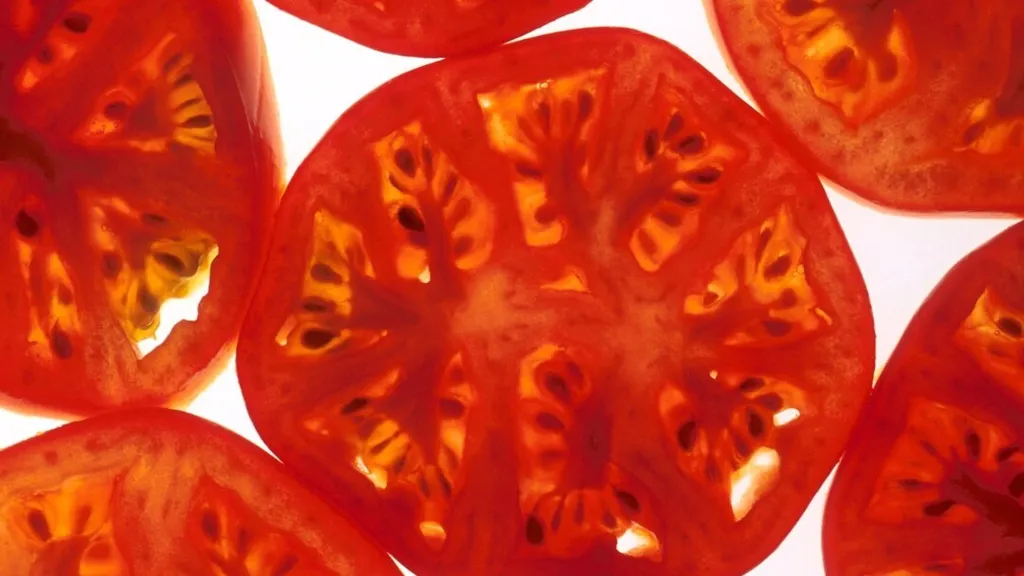In the heart of Saudi Arabia’s Riyadh Techno Valley, a groundbreaking study led by Khalid M. AL-ROHİLY of the National Research and Development Center for Sustainable Agriculture (Estidamah) is shedding new light on how tomatoes can thrive despite cadmium stress, a significant challenge for modern agriculture. Published in the esteemed journal *Acta Agriculturae Slovenica* (or *Acta of Slovenian Agriculture* in English), this research delves into the genetic intricacies of tomato plants, offering promising insights for breeders and farmers alike.
Cadmium, a heavy metal contaminant, poses a substantial threat to crop yields and food safety. AL-ROHİLY’s study evaluated fifteen F1 tomato hybrids derived from six genotypes under both cadmium-stressed and non-stressed conditions. The findings revealed that a simple additive-dominance model could explain the inheritance of most traits, indicating that a few genes, often with one having a stronger effect, control these traits. This discovery is pivotal for developing breeding strategies that can mitigate the negative impacts of cadmium on tomato crops.
One of the most striking findings was the prevalence of over-dominance in most traits. “Over-dominance means that the hybrid offspring perform better than either of the parent plants,” AL-ROHİLY explained. This phenomenon was particularly evident in genotypes P3 and P5, which carried the most dominant genes and performed exceptionally well under cadmium stress. These genotypes could serve as valuable resources for breeding programs aimed at enhancing cadmium tolerance in tomatoes.
Heritability estimates under non-cadmium conditions showed that traits like branch number, fruit set, fruit mass, and locule number had medium narrow sense heritability. This indicates that dominance gene action was the main factor in the inheritance of these traits. Other traits with low heritability also pointed to the importance of dominance effects. “Understanding the roles of dominance and non-additive gene action is crucial for developing high-yield, cadmium-tolerant tomato varieties,” AL-ROHİLY noted.
The commercial implications of this research are profound. As the global population continues to grow, the demand for food increases, and the need for resilient crops becomes ever more critical. Tomatoes, being a staple in many diets, are a key crop for food security. The insights gained from this study can guide breeders in developing tomato varieties that not only yield well but also tolerate cadmium stress, thereby ensuring a more stable food supply.
Moreover, the findings have broader implications for the agricultural sector. By understanding the genetic mechanisms underlying cadmium tolerance, researchers can apply similar principles to other crops, potentially revolutionizing agricultural practices worldwide. This could lead to more sustainable farming methods, reduced reliance on chemical treatments, and improved crop resilience in the face of environmental stressors.
The research published in *Acta Agriculturae Slovenica* marks a significant step forward in the quest for cadmium-tolerant crops. As AL-ROHİLY and his team continue to unravel the genetic complexities of tomato plants, the future of agriculture looks increasingly promising. Their work not only enhances our understanding of plant genetics but also paves the way for innovative breeding strategies that can address some of the most pressing challenges in modern agriculture.

